May 16, 2025 | 09:03 GMT +7
May 16, 2025 | 09:03 GMT +7
Hotline: 0913.378.918
May 16, 2025 | 09:03 GMT +7
Hotline: 0913.378.918
The largest purple onion specialized cultivation in the country is located in Vinh Chau commune (Soc Trang province), with an annual area of approximately 7,000 hectares. Underground water has been the primary source of irrigation water used for agricultural purposes. Nevertheless, the underground water level has declined significantly in anticipation of the effects of climate change and overexploitation.
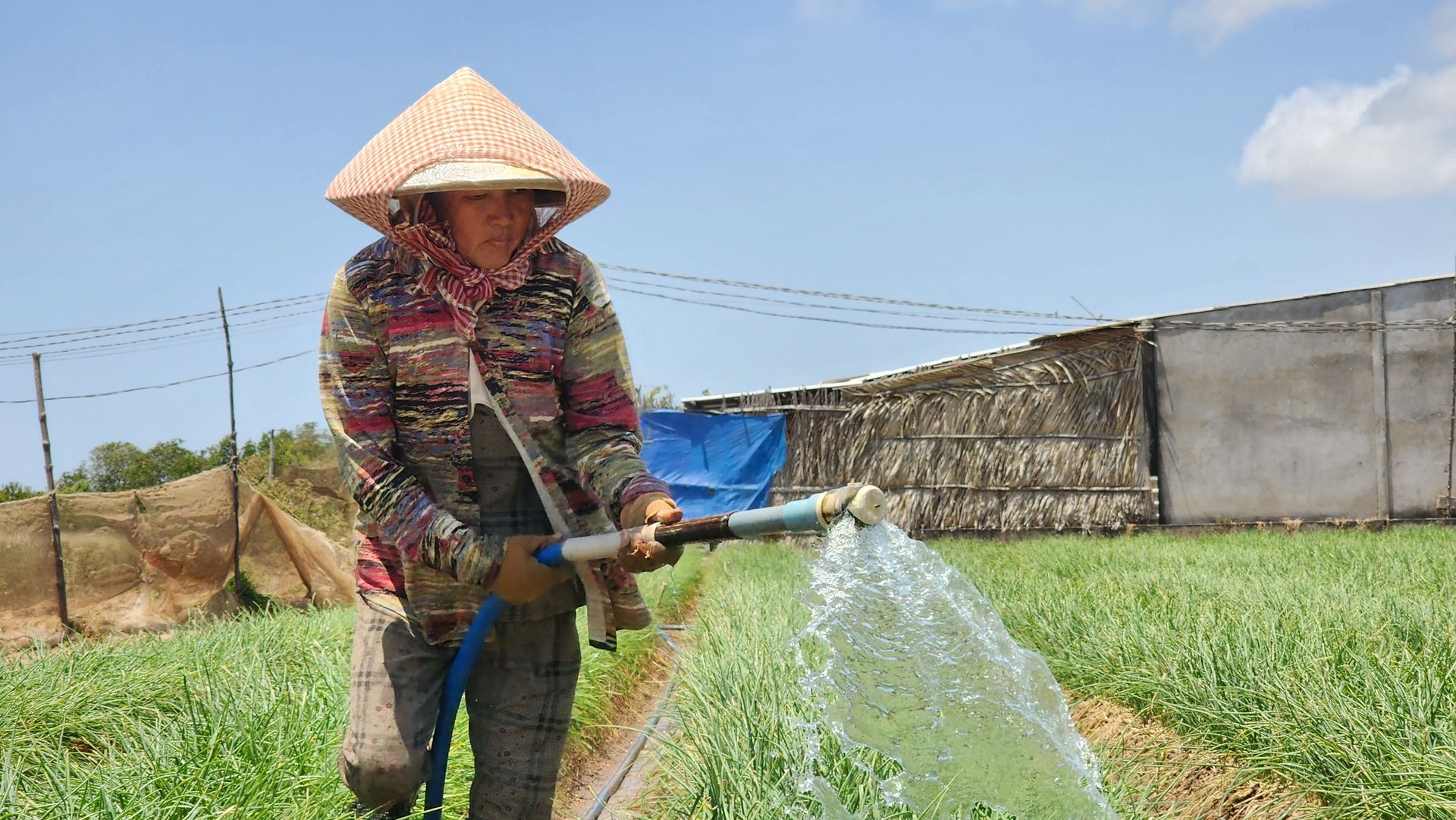
Hand irrigation is a traditional method that Vinh Chau farmers are applying, increasing the risk of groundwater depletion. Photo: Kim Anh.
Dr. Dang Kieu Nhan, the Dean of the Institute of Mekong Delta Development Research at Can Tho University, has stated that the underground water in the Mekong Delta is not recharged locally. Rather, it originates from the Southeast region and the Cambodian lowlands, and it moves at a glacial pace. In the meanwhile, the demand for groundwater for agricultural cultivation and other domestic purposes has increased, resulting in a shortage of recharged water to offset the exploitation of the water supply, which has led to exhaustion.
In Vinh Chau town, farmers would drill wells to a specific depth, insert pipelines, and pump water up for irrigation. Nevertheless, there is currently insufficient water to extract at the same depth. This necessitates producers to drill deeper and inject air to generate pressure that will propel the water upward.
During the previous dry seasons, Chau Van Thien, the Deputy Head of the Agriculture and Environment Office in Vinh Chau town, stated that there was no water scarcity due to the fact that farmers consistently discovered methods to pump groundwater.
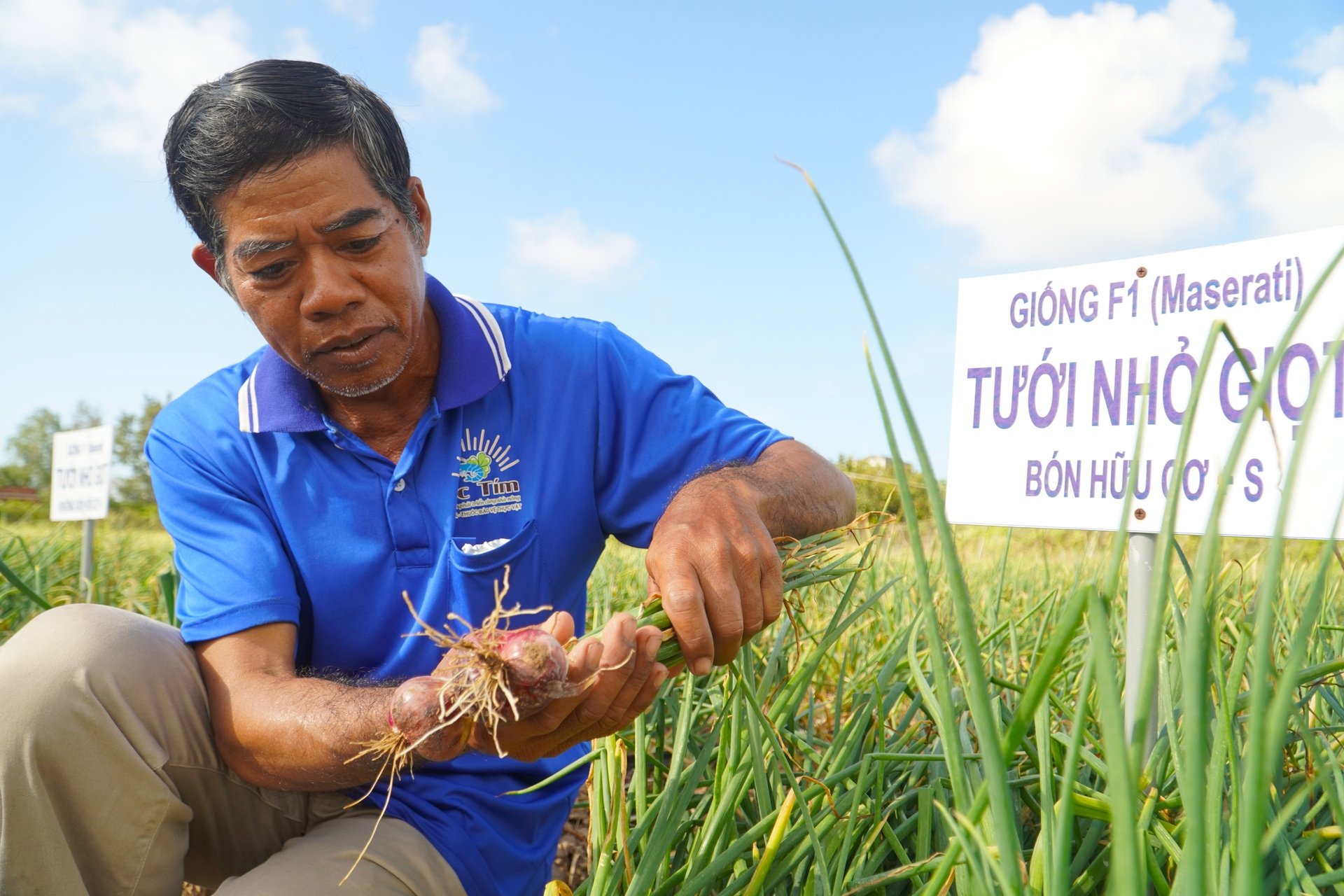
Dripping irrigation has been viewed favorably as a result of its numerous benefits, including the reduction of labor costs, the reduction of fertilizer loss, etc. Photo: Kim Anh.
In the past, a single motor was sufficient to extract water; however, they are now required to employ air injection pipelines to extract water from depths of 50 meters. When that’s not sufficient, farmers drill down to 70 or 80 meters and use two additional motors.
Digging ponds to retain water in Vinh Chau is challenging due to the sandy soil. Canvas-lined reservoirs are employed by certain agricultural farming households; however, their capacity is limited. This poses significant obstacles to agricultural production, particularly in the context of purple onion cultivation. The likelihood of water shortages for production in the near future is elevated without solutions to optimize irrigation water utilization.
In 2024, the Mekong Delta Development Research Institute, in collaboration with the Agriculture and Environment Office of Vinh Chau town and several partners, launched a project to transform the sustainable purple onion value chain in the Mekong Delta. The Netherlands Enterprise Agency (RVO) is providing support for the initiative, which will be executed over a two-year period. The transmission of drip irrigation technology for purple onion cultivation is one of the project's most critical components.
The system has been viewed favorably as a result of its numerous benefits, including the reduction of labor costs, the reduction of fertilizer loss, the mitigation of wind and water damage to onion foliage, and the conservation of irrigation water. These advantages, in turn, enable farmers to augment their yields in comparison to conventional manual irrigation techniques.
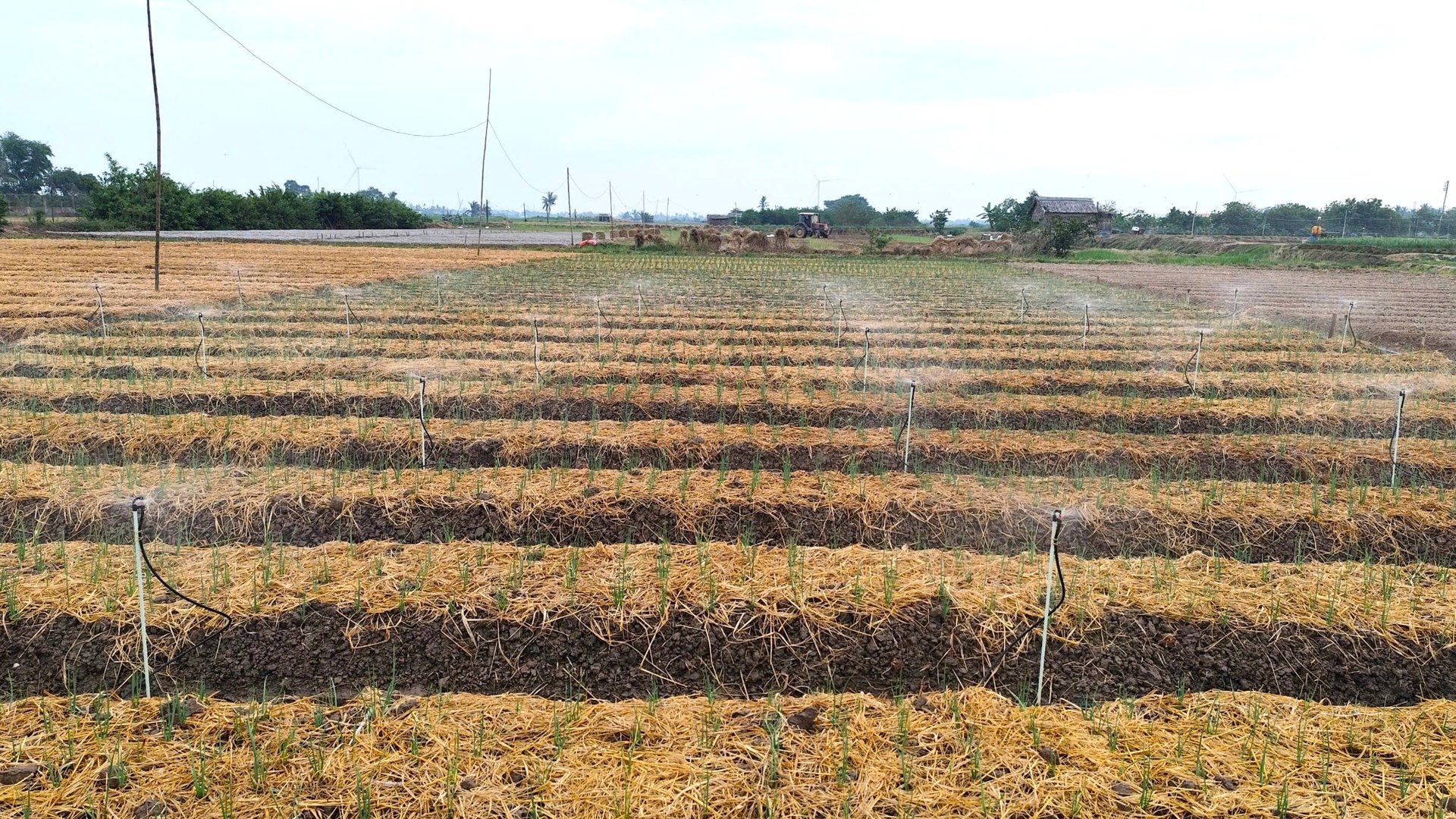
Purple onion cultivation adopting drip irrgation method model in Vinh Chau commune. Photo: Kim Anh.
The system employs micro nozzles and drip lines with diameters of 12–15 mm, which are typically installed at a rate of 3–4 lines per bed, contingent upon the soil conditions. The total investment cost for the system is estimated to be 8.2 million VND per hectare, according to experts from the Institute. The cost of manual irrigation, which includes equipment and labor, is approximately 11 million VND per hectare. This implies that the new method can save producers nearly 2.8 million VND per hectare.
Promising outcomes have been observed in experimental trials conducted in Vinh Chau. The drip irrigation technique improves productivity by yielding approximately 15.1 tons per hectare, compared to the traditional irrigation method for the Vinh Chau purple onion variety, which yields approximately 14.3 tons per hectare.
Currently, Thach Son, a farmer in Vinh Chau, is employing a drip irrigation system that is primarily dependent on groundwater to cultivate 2,000 square meters of purple onions. His monthly expenditure on water extraction is approximately 700,000 VND, exclusive of labor expenses.
The low yield of pumped water during the dry season exacerbates the challenges associated with cultivation. The drip irrigation system is well-suited to my circumstances, as my son observed. The work is simpler to manage, the investment cost is not high, and it reduces labor pressure.
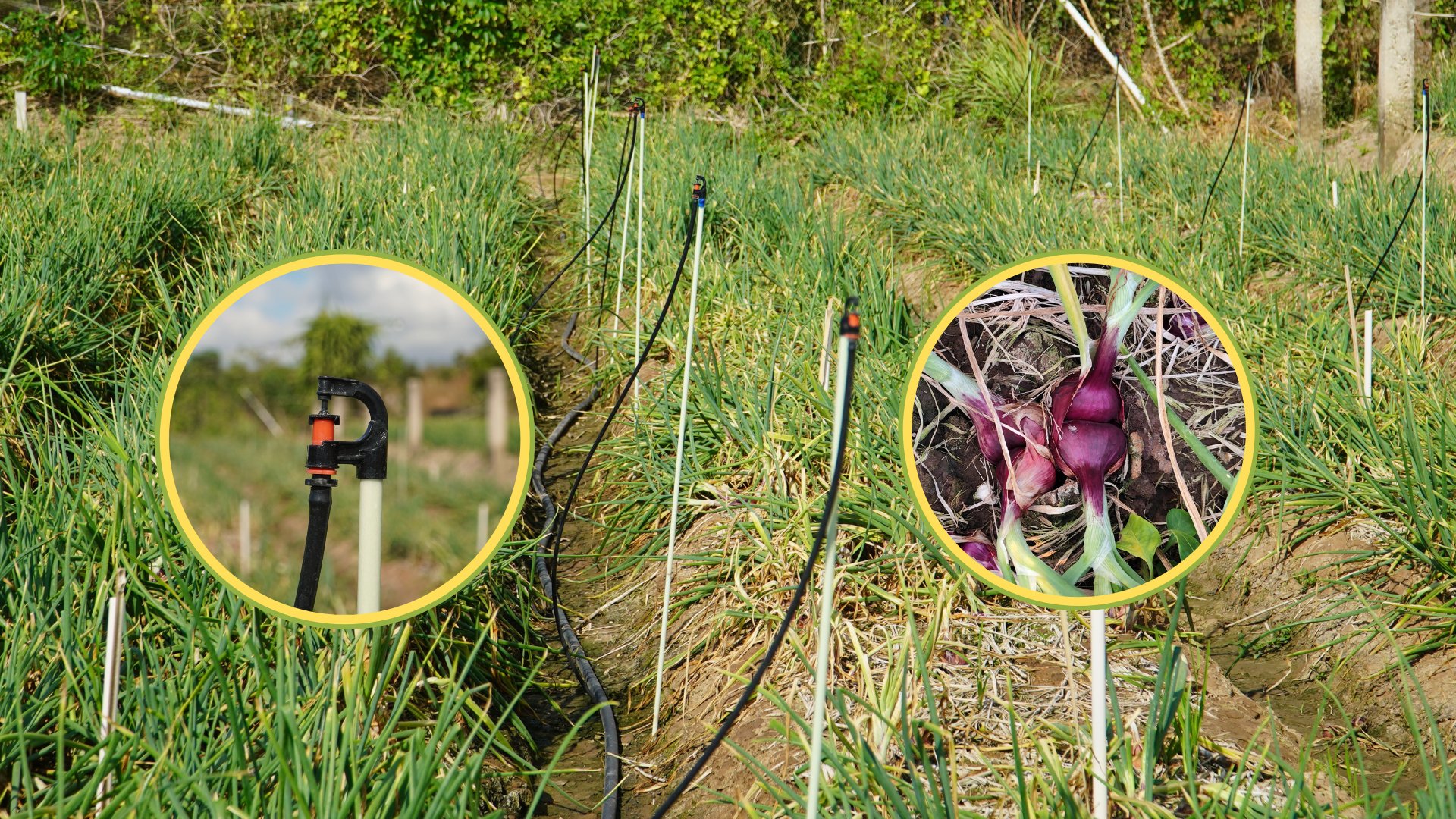
The Mekong Delta Development Research Institute, in collaboration with the Agriculture and Environment Office of Vinh Chau town and several partners, launched a project to transform the sustainable purple onion value chain in the Mekong Delta. Photo: Kim Anh.
In the same vein, Mr. Huynh Xui Khang, a resident of Quarter 6, Ward 1, is currently cultivating 5,000 square meters of purple onions. He is employing both the traditional Vinh Chau variety and the new Maserati F1 hybrid, which is a trial variety.
When Mr. Khang first attempted to plant the Maserati F1 purple onion eight years ago, he encountered numerous failures as a result of inadequate irrigation techniques. These failures resulted in the onion leaves being damaged, which in turn facilitated the spread of diseases.
Nevertheless, his onion fields have demonstrated promising results since 2024, when he implemented the drip irrigation system that was transmitted by the Mekong Delta Development Research Institute. The plants exhibit uniform growth, extensive root systems, and a substantial reduction in leaf water accumulation.
The drip irrigation system does not require a significant investment. According to Mr. Khang, the cost of employing manual labor to irrigate the crops is approximately 4 million VND per 1,000 square meters. Conversely, the installation of a drip irrigation system ranges from 2 to 3.5 million VND for materials.
Inspecting each onion clump carefully, Mr. Thach Tien, a member of the Hoa Thanh Vegetable Cooperative (Hoa Thanh Hamlet, Lac Hoa Commune, Vinh Chau Town), observed that with manual watering, water may be visible on the field surface, but soil moisture, when measured with a sensor, is still inadequate. Additionally, the onion leaves may be damaged or displaced by the high pressure of water generated by manual irrigation, rendering them more susceptible to disease. Even when producers apply pesticides in such situations, they are frequently washed away by the water, rendering them ineffective.
Mr. Tien believes that drip irrigation enables the onion leaves to remain relatively dry while the soil moisture remains adequate, thereby facilitating the plants' growth. He intends to implement a drip irrigation system for the forthcoming onion crop in order to enhance bulb quality, reduce expenses, and save time.
The introduction of the new Maserati F1 purple onion variety is also demonstrating substantial benefits for Vinh Chau producers, in addition to the drip irrigation method. This variety has a yield that is 10–20% higher than the local variety, despite having a developing period that is approximately 10 days longer, according to Mr. Chau Ba Binh, a technical officer from Bejo Company.
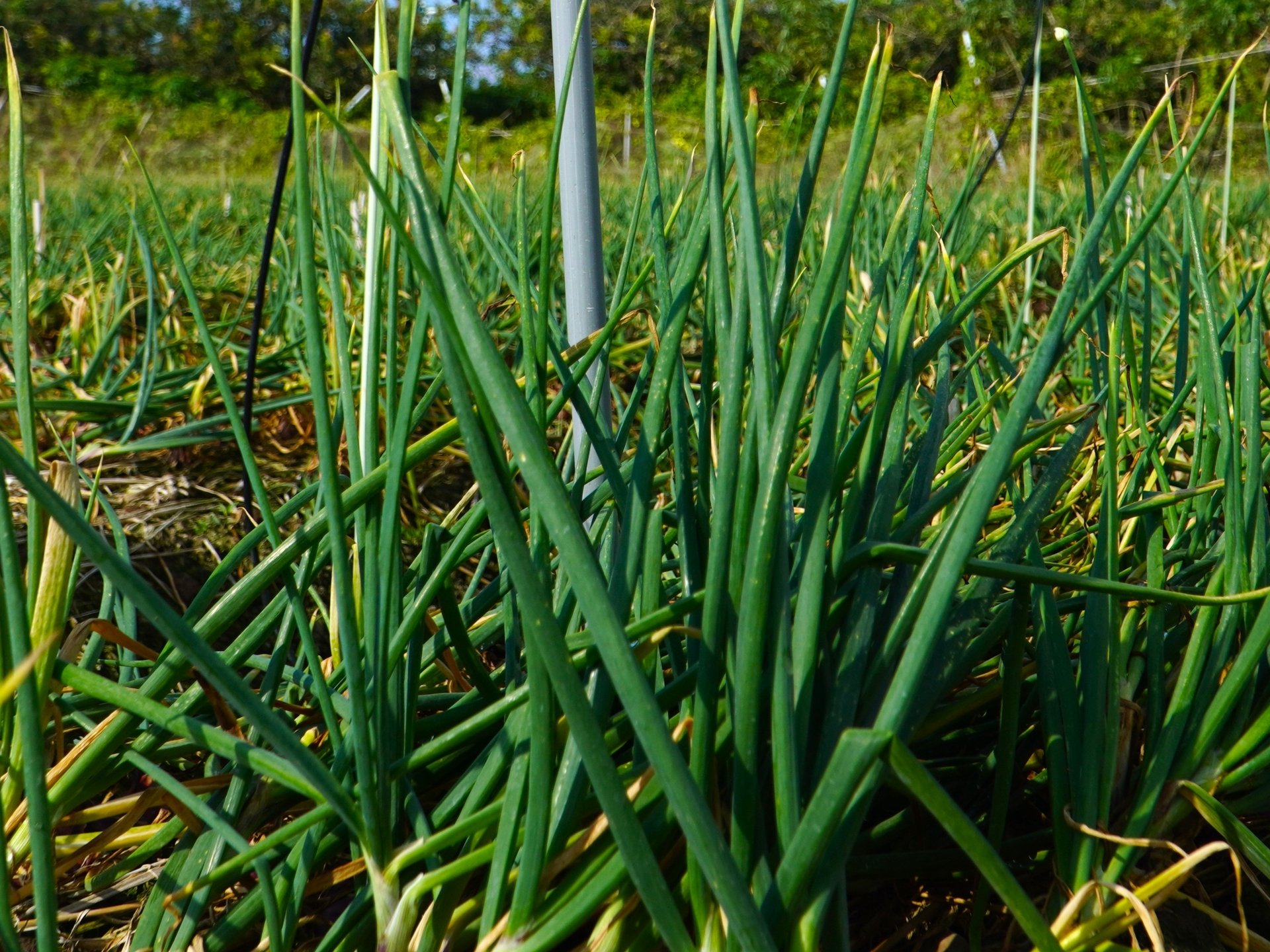
Drip irrigation enables the onion leaves to remain relatively dry while the soil moisture remains adequate, thereby facilitating the plants' growth. Photo: Kim Anh.
Under drip irrigation, the Maserati F1 purple onion produces approximately 19.2 tons per hectare, which is approximately 4.1 tons per hectare more than the traditional variety.
Additionally, there has been a substantial enhancement in the quality of the onions. The Maserati F1 variety is known for its large bulbs and alluring coloring, which are in line with consumer preferences. It is priced at 1,000–2,000 VND/kg higher than the local variety.
Nevertheless, certain farmers are apprehensive that the long-term fertility of the soil may be compromised by the cultivation of this new variety. Consequently, the sustainable development of this model will be contingent upon the appropriate application of fertilizers and farming techniques, as well as crop rotation.
The primary crop in Vinh Chau municipality is the purple onion. In addition to enhancing yield, product quality, and producers' income, drip irrigation also aids in the conservation of water resources. In order to guarantee the long-term success of this model, it is imperative that farmers, businesses, and local authorities coordinate effectively to ensure sustainable market development and stable market access.
Translated by Linh Linh
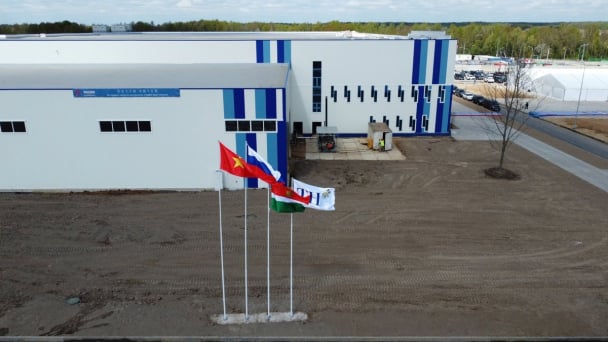
(VAN) Vietnam’s TH Group officially put its high-tech fresh milk processing plant into operation in the Russian Federation, marking a historic moment as the first TH true MILK cartons were produced in Russia.
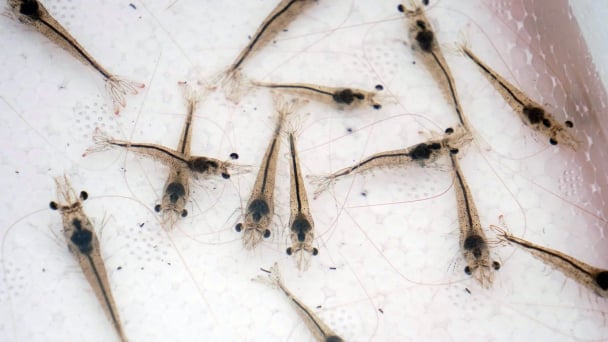
(VAN) Use of high-quality broodstock and biotechnology is regarded as the most effective approach to ensuring sustainable and economically viable shrimp aquaculture ahead of climate change and the emergence of increasingly intricate disease patterns.
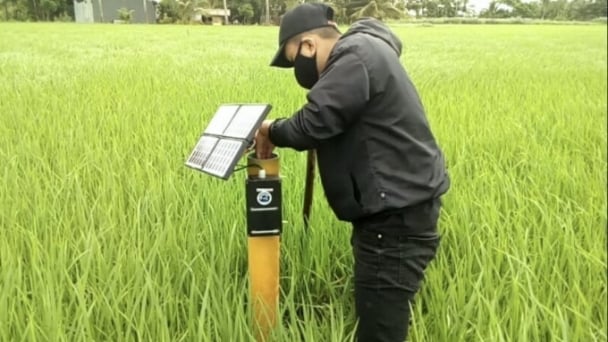
(VAN) Carbon farming is a form of agricultural practices that helps absorb more greenhouse gases than it emits, through smart management of soil, crops, and livestock.
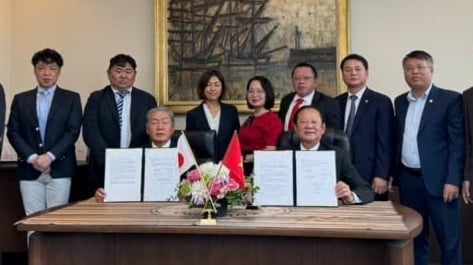
(VAN) This is a key content of the Memorandum of Understanding recently signed between the Vietnam Fisheries Society and Kunihiro Inc of Japan.
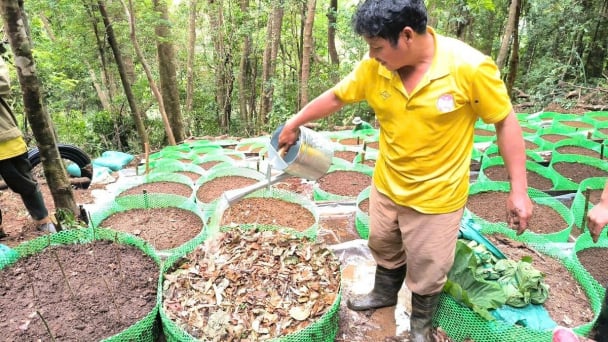
(VAN) To achieve the goal, local authorities and businesses in Kon Tum province have fully prepared the necessary conditions for the new Ngoc Linh ginseng planting season.
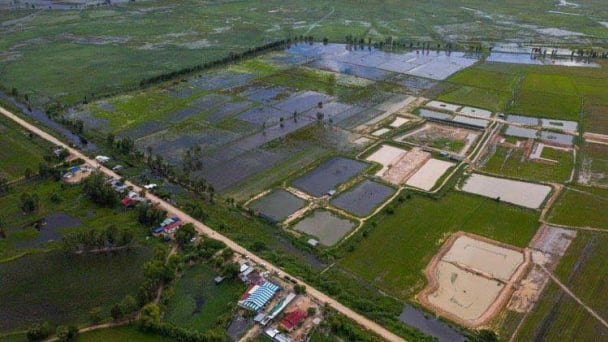
(VAN) Jiangsu province is gearing up to host training programs in Phnom Penh, the capital of Cambodia, this year to establish the Fish and Rice Corridor.

(VAN) Le Hoang Minh, representing Vinamilk, shared the company's experience in energy saving and green energy transition for production at a workshop held during the P4G Summit.